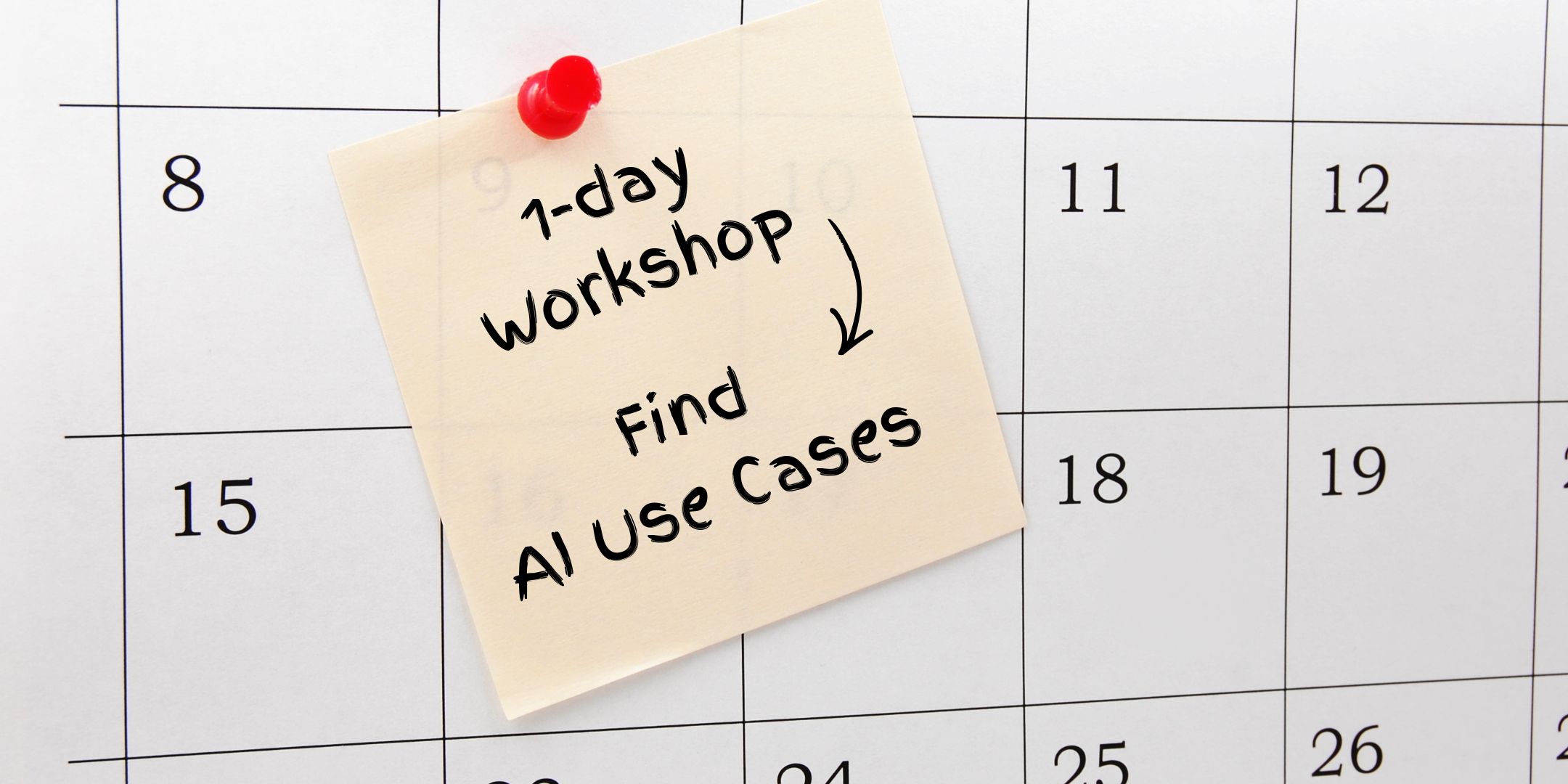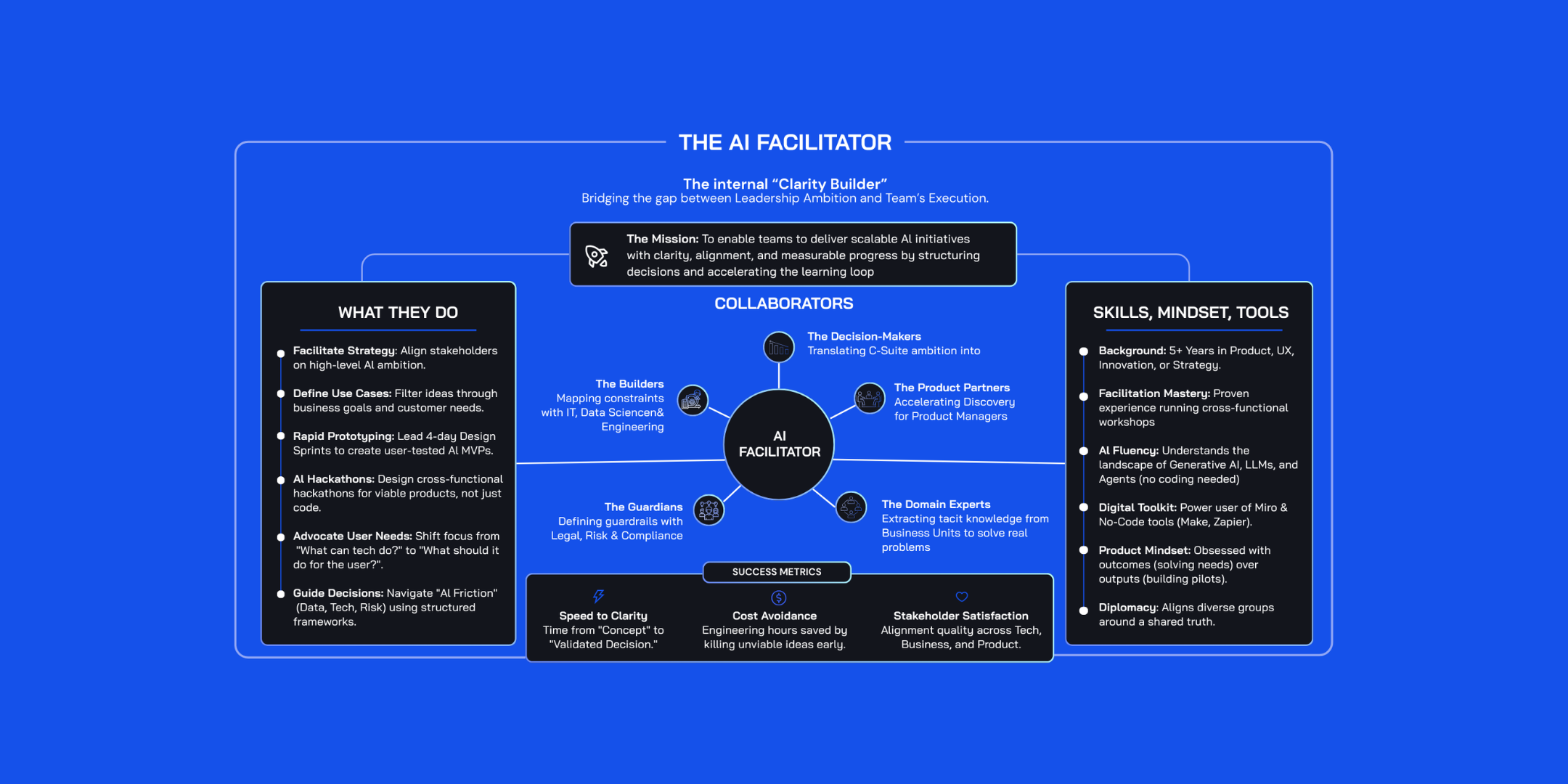4 Surprising Benefits of a Remote Design Sprint — When Done Right

Remote design sprints aren’t just adaptive strategies for innovation in times of Corona. When done right, they have unique benefits which help teams build better together.
1. Stronger Solutions
In-person sprints require participants to sketch their ideas in an hour, using pen and paper. Sketching is done in the Sprint Room, in one uninterrupted stretch, where everyone’s work is visible to each other. The strict time limit is intended to focus the mind, eliminate procrastination and prevent people from overthinking their ideas; while the social pressure of the group environment is intended to keep people motivated to perform.
However, these strategies don’t always lead to the best outcomes. Many people work better when they have more privacy, more time, or more control over how they use it. Likewise, some sprint challenges require more thoughtful deliberation than others. This can mean that not all good ideas make it to the paper and that the “quick” or “superficial” solution can outperform the better one when it comes to voting.
With the above in mind, Remote Sprints present an opportunity to give better ideas a chance. Provided you follow a modular sprint plan with online and offline work sessions throughout the day, participants will be able to develop their ideas in private “homework” sessions.
Check-out our webinar 🎥 How to run Design Sprints Remotely? Planning and Onboarding to learn more about how to plan a 5-day design sprint online and perfectly balance the synchronous and asynchronous activities.
🧠 The surprising insights
Contrary to our initial expectations, having these offline homework sessions didn’t impact velocity or encourage people to procrastinate. Instead, the increased time and privacy empowered people to perform best at their own pace. For example, people who worked well under pressure would hand in their work within the hour, while those who needed more time would submit in the morning.
We also saw an improvement in the variety and quality of the solutions, because people weren’t privy to each other's ideas and had the freedom and confidence to work with the tools that made sense for them rather than the mandated pen and paper (for example, some people sketched on pen and paper, others used Miro or PowerPoint).
2. Less Bias
In many ways, Design Sprints are intended to limit Groupthink — the psychological phenomenon where a group of people starts to agree on the same ideas. For example, all ideas are individually produced, then presented by the facilitator. However, bias still finds its way of seeping in, especially when it comes to voting for solutions and deciding on a direction.
In a Remote Sprint, however, everything plays out over digital interfaces. This makes for more anonymity and less of the social pressure when voting. In addition to this, there’s limited opportunity for group discussions and side conversations, which make for less opinionated decision-making.
3. Better Teams
Getting to work with the ideal team can be challenging due to busy schedules and sometimes differing locations of team members. Some companies are fortunate enough to have the budgets to fly distributed team members into a single location. However, costs are increasingly a concern for companies and key stakeholders time is more precious than ever.
This tricky coordination is all avoided with remote Design Sprints. Whether it’s external experts, users, or the sprint team itself, working remotely gives you the opportunity to cherry-pick the very best people for the job, and require their availability for only a short window (it’s much easier to log in to a call for 30 minutes than spend hours commuting and shuffling schedules to find availability).
🧠 The surprising insight
When planning our first remote sprint, we thought that having different team members dial in and out would be disruptive. However, the opposite proved to be true. Working in short, focused bursts proved to be much smoother for all concerned. This could be attributed to the thorough onboarding we gave all participants prior to their sessions, letting them know exactly what to expect, the tools they would use, and how to use them.
Want a detailed onboarding guide for remote participants? Want to know how best to manage expectations and deal with glitches when they arise? Check out our Remote Sprint Kit
4. Simple Synthesising

Data capturing is one of the biggest headaches of a design sprint. Between the Post-its, whiteboards, flip-charts, and illegible handwriting, synthesizing all the data is a major undertaking and happens by way of the facilitator or co-facilitator running around taking snaps of everything. And then once that is done, the data still needs to be documented on a digital platform, synthesized, and reported. Pretty labor-intensive stuff.
Not so in a Remote Design Sprint. Provided you are using digital whiteboards that double as both process boards that stage your sprint, and output boards that capture your data along the way; all of the assets remain intact in the virtual sprint room for you to revisit whenever you like. Not only does this give everyone a better view of their progress as the Sprint progresses, but it also makes synthesizing the outcomes of each exercise is much quicker, as they are already digital. This ultimately allows you to compile your Design Sprint Report more quickly and get it into the hands of your Stakeholders for the next steps.
In conclusion, Remote Design Sprints are not merely stop-gap solutions in challenging times. When executed effectively, they become a powerhouse of innovation, fostering unparalleled collaboration and creativity.



.jpg)





